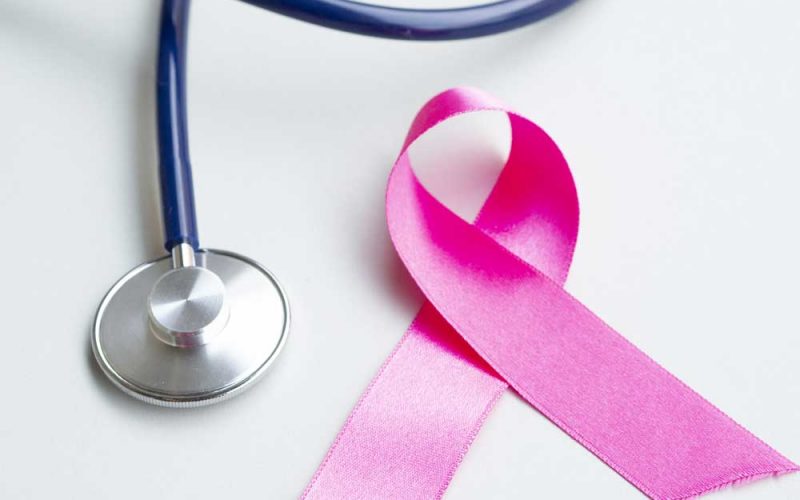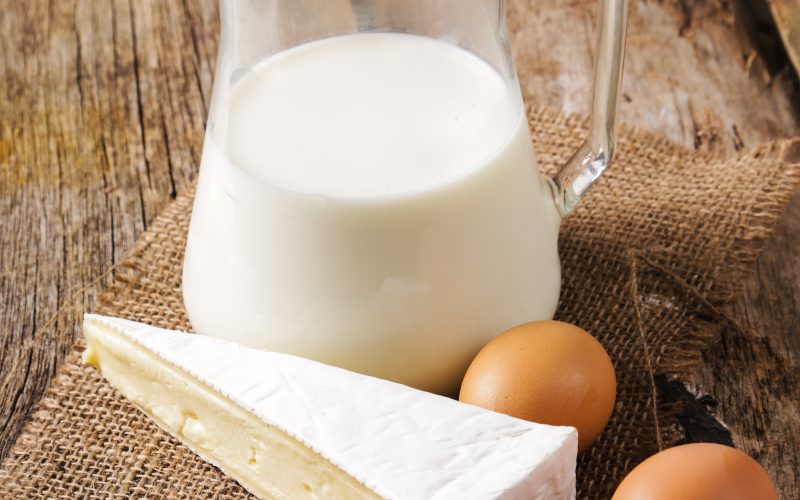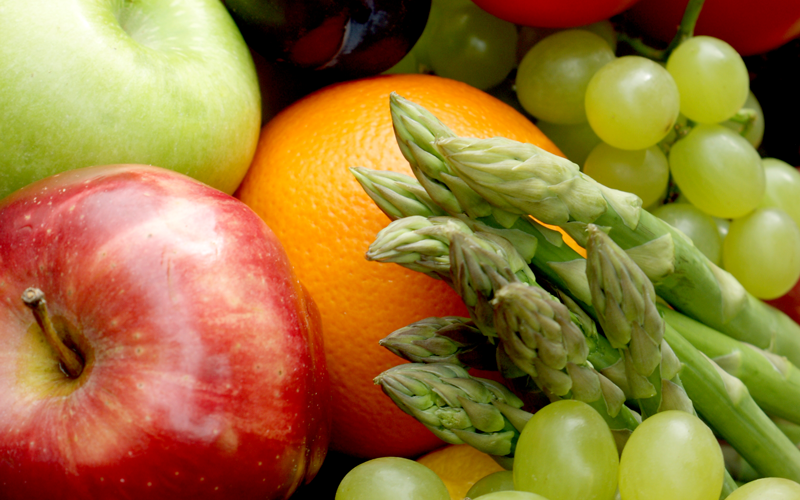BREAST CANCER: DIET AND LIFESTYLE

Dear ladies,
in the name of the “pink month” in this reading, I hope lightly, I will try to provide you in a pragmatic way some useful tips for the prevention of breast cancer regarding eating habits and lifestyle.
In fact, it is a question of lifestyle and diet patterns or models to adhere to, rather than individual “miraculous” foods to refer to.
So suggest the latest scientific evidence from the World Cancer Research Fund and the American Institute for Cancer Research (AICR) (1).
The first rule to be respected concerns the maintenance of an adequate body weight. In fact, more than one study has shown that body mass index and, in this specific case, overweight, is closely correlated with the risk of breast cancer in postmenopausal women and / or even of relapse in women with already known diagnosis of breast cancer (2).
At this point it is clear that the question you will ask yourself will be: what should I avoid and what can I eat instead?
WHAT SHOULD I AVOID
According to the results of epidemiological and preclinical studies, some types of foods (excess of simple carbohydrates, saturated fatty acids, red meat, processed meat) are considered potential risk factors for the onset of breast cancer. The reason lies in the fact that they are able to increase the levels of endogenous estrogens, release inflammatory factors, increase the levels of a particularly high growth factor in those who consume foods with a high glycemic index called insulin-like growth factor (IGF-1) and involved in the carcinogenesis process of breast tumors.
A diet rich in saturated fatty acids, cholesterol and triglycerides increases the risk of breast cancer, mainly of those that have positive receptors for estrogen and progesterone, that is sensitive to hormone therapy.
In particular, red meat and processed meats (sausages, hot dogs, bacon, ham, salted meat, smoked meat, etc.) represent a risk factor both for the iron content of the heme group, and for the presence of estrogen administered to cattle. In addition, the cooking method also plays an important role. For example, cooking at high temperatures favors the formation of pro-carcinogenic compounds such as heterocyclic amines.
The WCRF / AICR2018 recommends limiting the consumption of red meat to no more than 3 portions per week for a total of 300-550 gr of cooked weight (1).

WHAT ABOUT ALCOHOL?
There is clear evidence in the literature that the consumption of alcoholic beverages (beer, wine, etc.) is associated with an increased risk of breast cancer, especially in postmenopausal women. Ethanol, as is now known, causes an increase in estrogen hormones. Several dose-response studies have shown that in pre- and post- menopausal women, the consumption of 10 g of ethanol per day increases the risk of breast cancer in a percentage ranging from 5% to 9% respectively in pre- and post-menopause.
SHOULD WE KEEP AWAY FROM DAIRY PRODUCTS?
A special mention deserves the “dairy” topic. Let’s begin to dispel the myth that dairy products are bad for us and let’s clarify.
Dairy products contain various components (saturated fatty acids, calcium, vitamin D, butyrate, lactoferrin and linoleic acid). Basically, studies show that a consumption of low-fat dairy products confers a protective effect,due to the properties of the compounds they contain. In particular, the high content of vitamin D and calcium are moderately correlated with a low risk of breast cancer.

Conversely, some dairy products, the fattest ones, also contain saturated fatty acids, the IGF-1 factor (growth factor previously mentioned for its role as a tumor growth promoter) and sometimes various contaminants, such as pesticides, which can cause of breast cancer. For this reason, it is not recommended to take it, but only to reduce the amount in favor of those with low fat content.
WHAT CAN I EAT
At this point you may be wondering which diet model we should refer to. The model is that of the Mediterranean diet as it is very balanced and mainly based on foods rich in vegetable fibers (fruit and vegetables) and whole grains which are foods with a low glycemic index.
The protective effect of a diet rich in fruit and vegetables is due to the presence of polyphenols and fiber in these foods. Polyphenols are able to inhibit the action of an enzyme, called aromatase, responsible for the synthesis of estrogens. Therefore, it is assumed that their protective action takes place precisely through the reduction of the formation of estrogen
hormones (3).
Despite the strong rationale described above, the results of all the studies examined are not yet conclusive. Some of them have in fact shown a weak association between consumption of fruit and vegetables together, but not only vegetables, and a reduction in the risk of breast cancer.
For this reason, the WCRF, despite the evidence of a limited risk reduction, recommends the intake of about 5 portions of non-starchy fruit and vegetables per day (about 400 grams).
A recent study recognized vitamin A and carotenoids as potent antioxidants against different types of cancer (4). Their application in the clinic, in the treatment of breast tumors, is however limited by the discrepancy of the literature data.
However, epidemiological evidence shows a protective effect with a reduction in the risk of breast cancer through the inhibition of cell proliferation, survival and invasion of cells in tissues other than their original site.

In light of the above, it is clear that there are no “miraculous” foods, but dietary models to adhere to, in relation to the needs of each individual. The Oncology and Food group has always worked on personalized nutritional programs for cancer patients, aimed at preventing the side effects of medical oncological therapies, in accordance with the Mediterranean Diet and the recommendations of the World Research Fund.
At this point allow me, as in the style of “normalism” in the kitchen, to offer you excellent healthy snacks, without giving up the pleasures of the palate.
Salvatore Artale
Bibliography
- World Cancer Research Fund, Third Expert Report on “Diet, Nutrition, Physical Activity and Cancer: A Global Perspective”. Available online: https://www.wcrf.org/dietandcancer/breast-cancer (accessed on 27 September 2018).
- DS M Chan, A R Vieira, D Aune, E V Bandera, DC Greenwood, A McTiernan, D Navarro Rosenblatt, I Thune, R Vieira, T Norat. Body mass index and survival in women with breast cancer—Systematic literature review and meta-analysis of 82 follow-up studies. Ann Oncol. 2014 Oct;25(10):1901-1914.doi: 10.1093/annonc/mdu042. Epub 2014 Apr 27.
- Brueggemeier RW, et al. Translational studies on aromatase, cyclooxygenases, and enzyme inhibitors in breast cancer. J Steroid Biochem Mol Biol. 2005. PMID: 15964185.
- Jee Ah Kim, Ja-Hyun Jang, Soo-Youn Lee. An Updated Comprehensive Review on Vitamin A and Carotenoids in Breast Cancer: Mechanisms, Genetics, Assessment, Current Evidence, and Future Clinical Implications. Nutrients. 2021 Sep 10;13(9):3162.doi: 10.3390/nu13093162.


